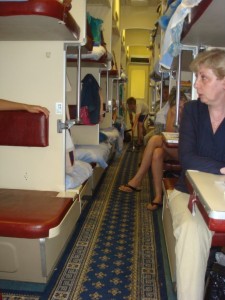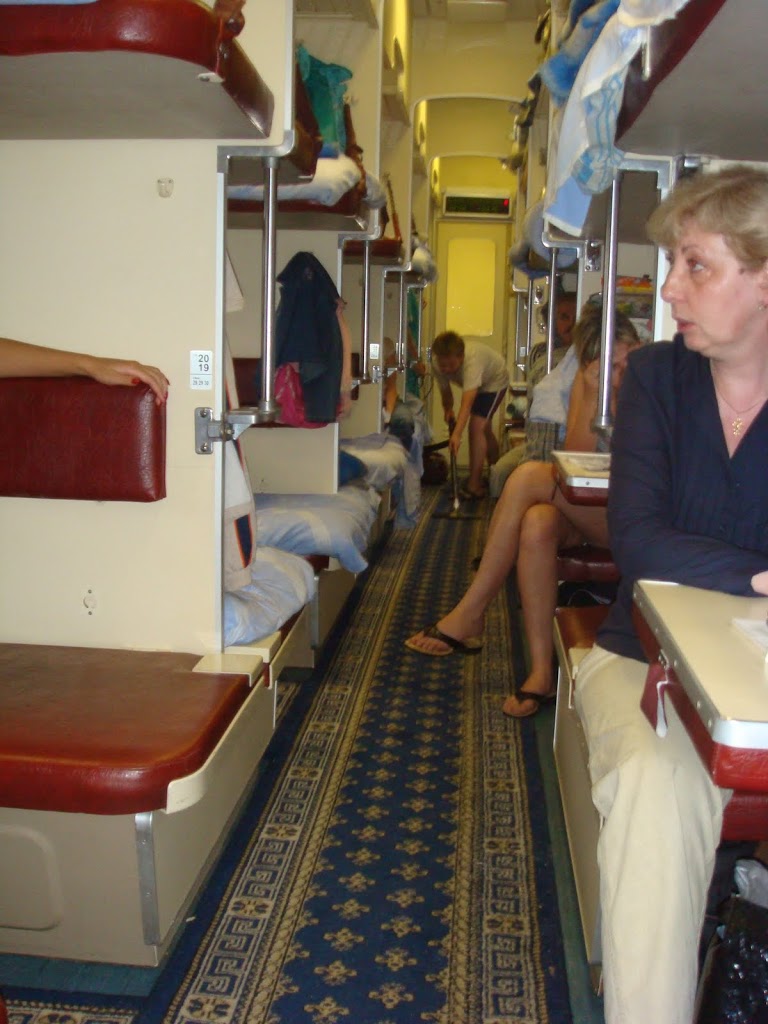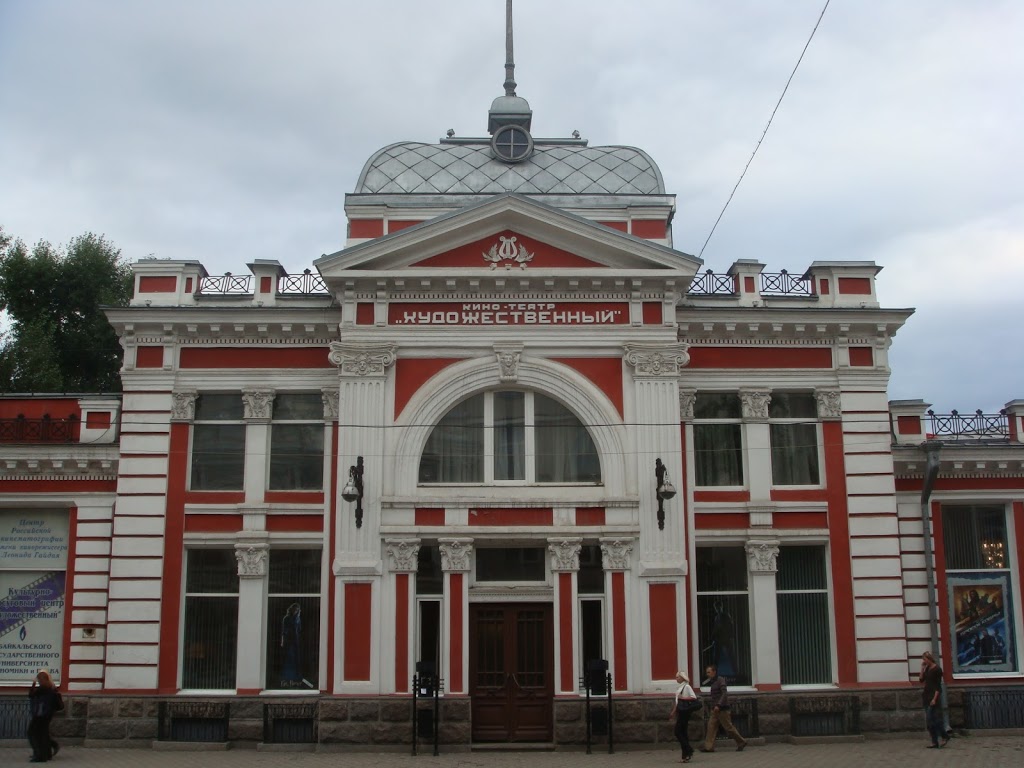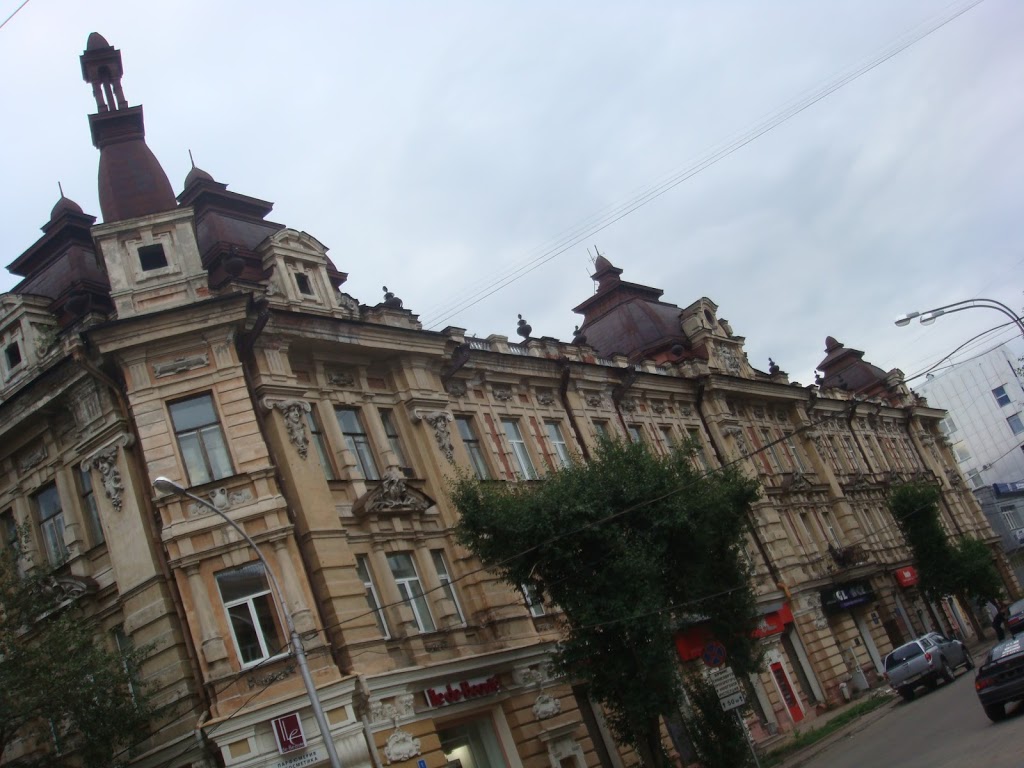(Originally published in The Greenwich Citizen)
One wonders why the western Russians were so eager to conquer Siberia. The cold is the most obvious deterrent to settling in the area: lows in the winter reach the kind of temperature where you can spill your hot coffee and have it shatter when it reaches the ground in a frozen block. When summer finally comes, the flat landscape fills with pools of melted ice that breed mosquitoes straight out of a Victorian horror story. In the words of Kate Marsden, a British nurse who in 1891 rode across Siberia in search of a reported cure for leprosy:
‘During the summer the mosquitoes are frightful, both in the night and in the day… Even on the ground you will find them, and, as soon as a stranger comes in, it seems as if the insects make a combined assault on him in large battalions; and, of course, sleep is a thing never dreamed of. After a few days the body swells from their bites into a form that can neither be imagined nor described. They attack your eyes and your face, so that you would hardly be recognised by your dearest friend.’
It is easy to see why Siberia remained a scarcely populated haunt of nomadic tribes and plundering warrior bands for so long. It is also easy to see why, when Siberia finally was annexed, European Russians (those from anywhere west of the Ural mountains, including Moscow and St Petersburg) had to be forced to move there. The first colonists were convicts, sent over to harvest Siberia’s vast stores of natural resources of coal, timber, metals, and furs. Serfs, freed in 1861, were encouraged to go east and grow up with the country, but it wasn’t until the Trans-Siberian railway was built at the end of the 19th century that people began to settle there in earnest.
Earlier in the century, exile was lent a touch of glamor when the Decembrists, a group of aristocratic revolutionaries, were sent to Siberia after a failed uprising. They settled in what had previously been a little-known hovel toward the eastern end of the Trakt, the great east-west trade route of northern Asia before the Trans-Siberian. The Martha Stewarts of their day, their exile was not an eastward march in chains like the common criminals. They brought servants, families, and the discerning taste (and deep pockets) of imperial Russia to the hinterland and ambitiously set about constructing what would come to be known as the ‘Paris of Siberia’.

Irkutsk, as the city is known, is the first major city out of Mongolia on the Beijing-Moscow Trans-Mongolian train. It would be silly to expect much of this ‘Paris’: a Siberian town, however romantic, is not going to live up to a city that has been one of the cultural capitals of the western world for over a millennium. After the slash-and-burn architecture of China and the tent cities of Mongolia, though, anything more than a hundred years old was bound to look pretty impressive. The red and white facade of the old theater, lit dimly by the cloudy afternoon light, brought to mind the stately architecture of Eastern Europe. The slate roofs and beige stone of some buildings on Karl Marx St did look exactly like a decrepit version of Paris.

The real beauty of Irkutsk lies in its indigenous wooden architecture. Siberia is poor in all traditional building materials save wood, but what it lacks in limestone it more than compensates for in imagination. Houses are decorated like wedding cakes: intricate trim drips from the roof, arabesques frost the outside of windows. Like Russia itself, the houses have not been kept up and will not last. I walked by a half repainted building on the way to the train station, its thick new coat already bubbling over the unprimed wood. It looks better peeling, I remember thinking. At least until it all comes tumbling down.







